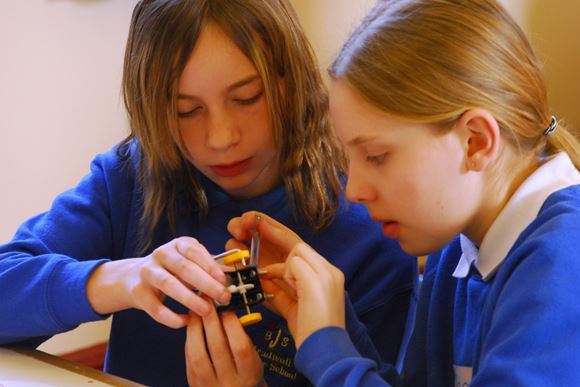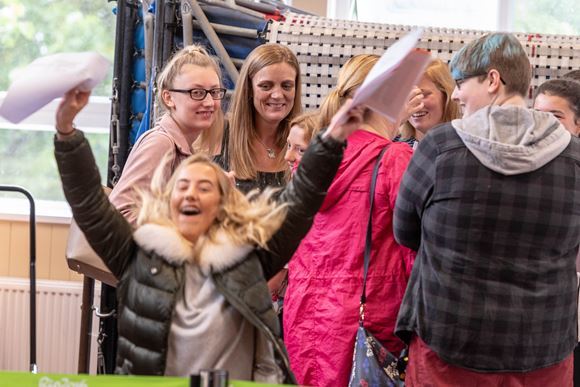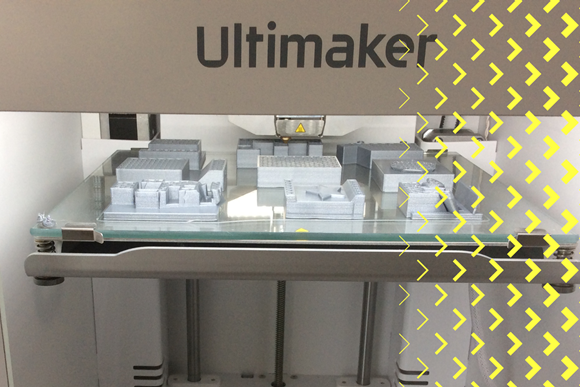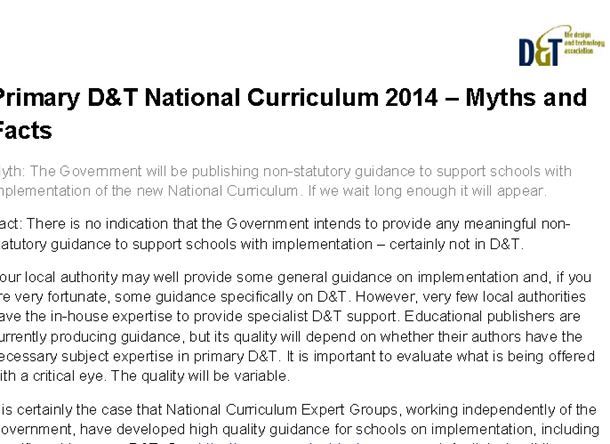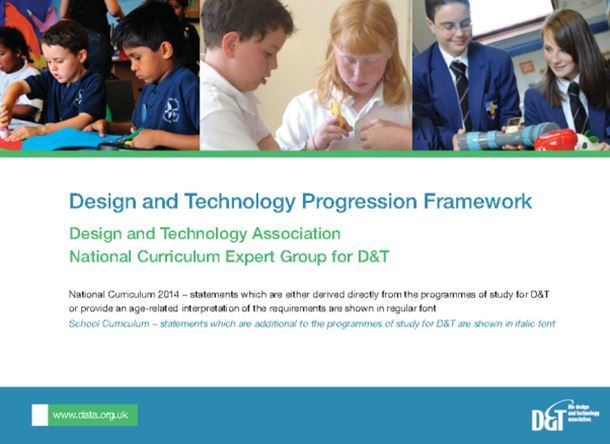Time to put the clocks back
Published 28th January 2016
Written by: Graham Samuel
The National Curriculum subject D&T has presented controversy for the entire period of its existence. Some might say that is good. Others would say it is inevitable as its nature, purpose and content, together with associated teaching and learning methodology used to teach and assess it have been subject to continual review. What we do know, is the strength of the passion felt by many about D&T, to which in many cases they have devoted their entire professional life. This D&T Association’s blog provides an opportunity for some of these views to be published and importantly, the opportunity for others to add their comments.
Graham Samuel was a teacher, inspector and consultant. He has written the following piece. We hope that this promotes discussion and contributes to the D&T community moving towards a shared understanding of the subject’s future direction. Please join in by adding your comments.
Why one person decided not to sign our petition
“D&T was fun. We had a great laugh.”
This is what an eighteen year old told me when I asked him about his experience of school. When I asked him if he had learned anything useful or important in his D&T lessons, he looked at me blankly with surprise and astonishment. Would any pupil use the words: “We had a great laugh” about any other subject on the curriculum?
Our subject is too often seen as trivial by many pupils, parents and even our colleagues. A Deputy Head was once heard to say about D&T: “It must be nice to be involved in a subject where you don’t need to use your brain.”
So, the subject is not seen as important. Why not and how can we rectify this? By asking the Government to give greater support to D&T?
The Design and Technology petition, if you don’t mind me saying so, sounds rather like this:
“Nobody likes me.”
What can we do?
They should pass a law saying that everybody has to be my friend
OR
I should look at myself closely to see what about my behaviour makes me so unpopular.
I think we need to look closely at our choice of projects. We have quite a range of options available to us and often teachers state that the project can be anything as long as the pupils follow “the Design Process.” This can often mean those in Year 8 being asked to design and make products such as a clock. Lots of investigation, folders of design work and use of resistant materials. The problem is that I do not see any technology involved. They make a framework and fit a commercially produced movement through a hole. Take a group of Year 1 children and a pile of paper plates and you can be equally successful. The reason is that the final product cannot fail. We might think that it is ugly or poorly decorated but these thoughts are based on opinion not fact because what they are making is a piece of three-dimensional Art. I am often told that this is a popular activity for both pupils and teachers. Does that really justify its popularity in schools? I do agree that enjoyment is important but at what cost?
I firmly believe that: if no Science is involved, we must be teaching Art.
James Dyson states that D&T provides a wonderful way of combining Maths and Science, creating a sound basis for engineering. He is, of course, absolutely right. The problem is that activities like this do not achieve it.
So what might we do instead?
There was a suggestion some years ago that pupils should be taught how to repair cycles. It sank without trace amid shouts of horror.
However, ask any year 8 pupils the following:
The front sprocket of a cycle has 59 teeth, the rear sprocket has 17. The wheels have a diameter of 800mm. How many revolutions of the pedals do you need to make to travel 1 kilometre? Use this knowledge to design and make a vehicle using an electric motor that takes more than 3 minutes to travel a metre. What are the advantages and disadvantages of using pulleys rather than gears?
Unlike the clock, this provides real challenge and gives the opportunity for understanding of Science and Maths to be incorporated into their designing and making. It might be less “fun” for the pupils and require more hard work but is a genuine stepping stone to an understanding of engineering.
Activities that are directly linked to Maths and Science?
- Making a pop-up card at Key Stage 1 can confirm that square shapes squash easily but triangles don’t or “the inherent rigidity of the triangle and the fact that a rectangle is more likely to distort under pressure.” Then off looking for strong triangles in things like the bracket that holds up a hanging basket or the wooden framework on a gate.
- Design and make a shop sign that will not blow over in the wind. Key Stage 1 learn that spreading your feet wide apart stops you falling over and that heavy bottoms on the signs also help. Older groups can develop this idea by making boats: some with outriggers that make the boat wider, some with a weighted keel that gives stability and helps them understand why ships like HMS Victory had tonnes of stones at the bottom of their holds. At secondary level, they can learn how to identify an object’s centre of gravity and realise that it becomes unstable if this point moves outside the confines of the base. So how much can a double-decker bus tilt before it topples over?
- Perhaps design and make Harry Potter monsters operated by pneumatics.
- Maybe produce a shop window display with a sequence of movements and lighting effects controlled by a computer.
- Use sensors in a conveyor belt to sort objects the way they do in industry.
Our best D&T is outstanding but not always recognised. If the status of D&T generally is to be raised, I believe that less emphasis should be placed on the artistic and aesthetic elements and more focus placed on the scientific and technological contribution.
So my request is: can we please put the clocks back in the cupboard?
The subject can then stop being “a great laugh” and become genuinely challenging, demanding and I believe far, far more important.
Graham Samuel
Graham is a former Teacher, Inspector and Consultant.
comments powered by Disqus Back to Blog


